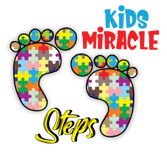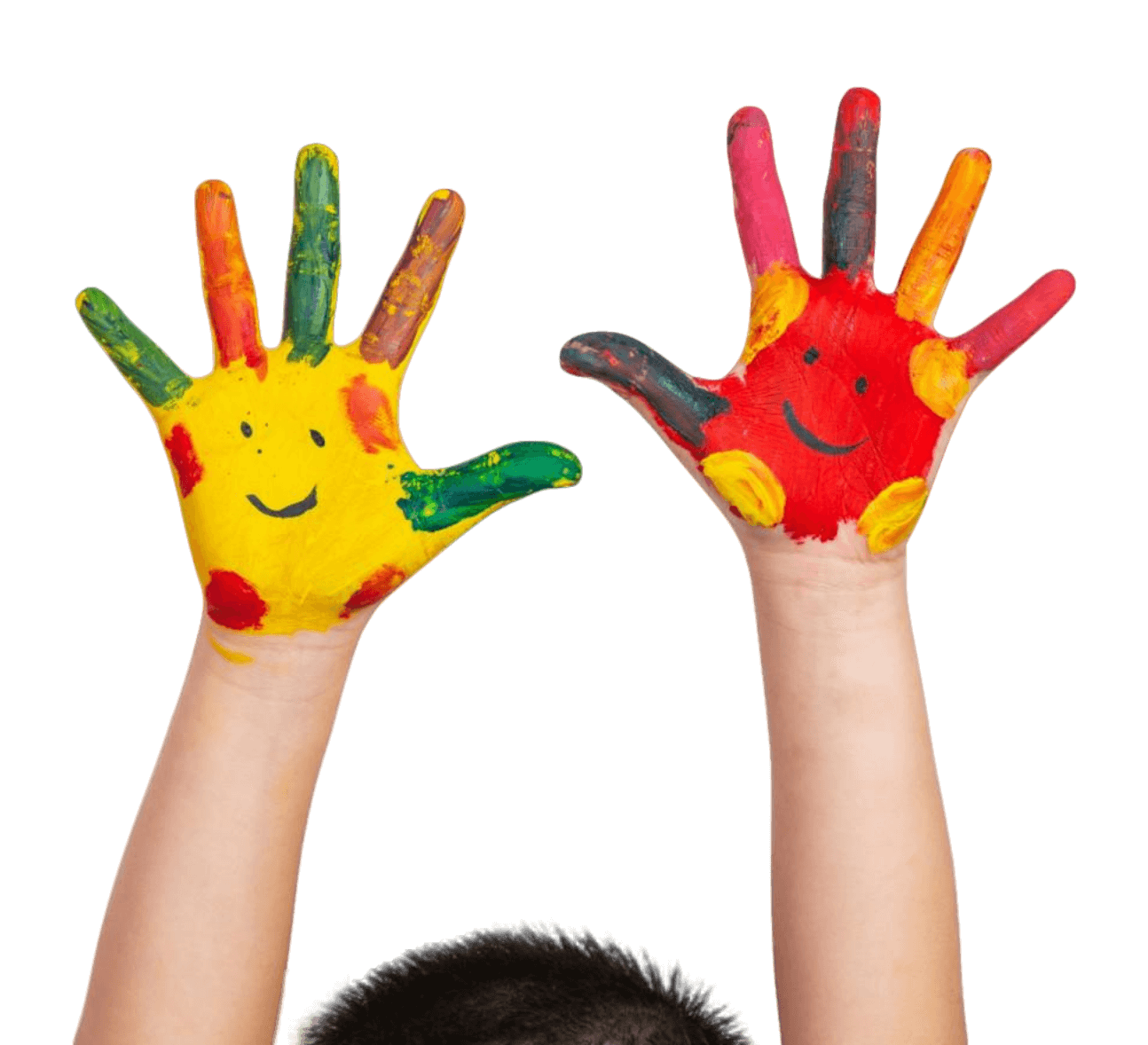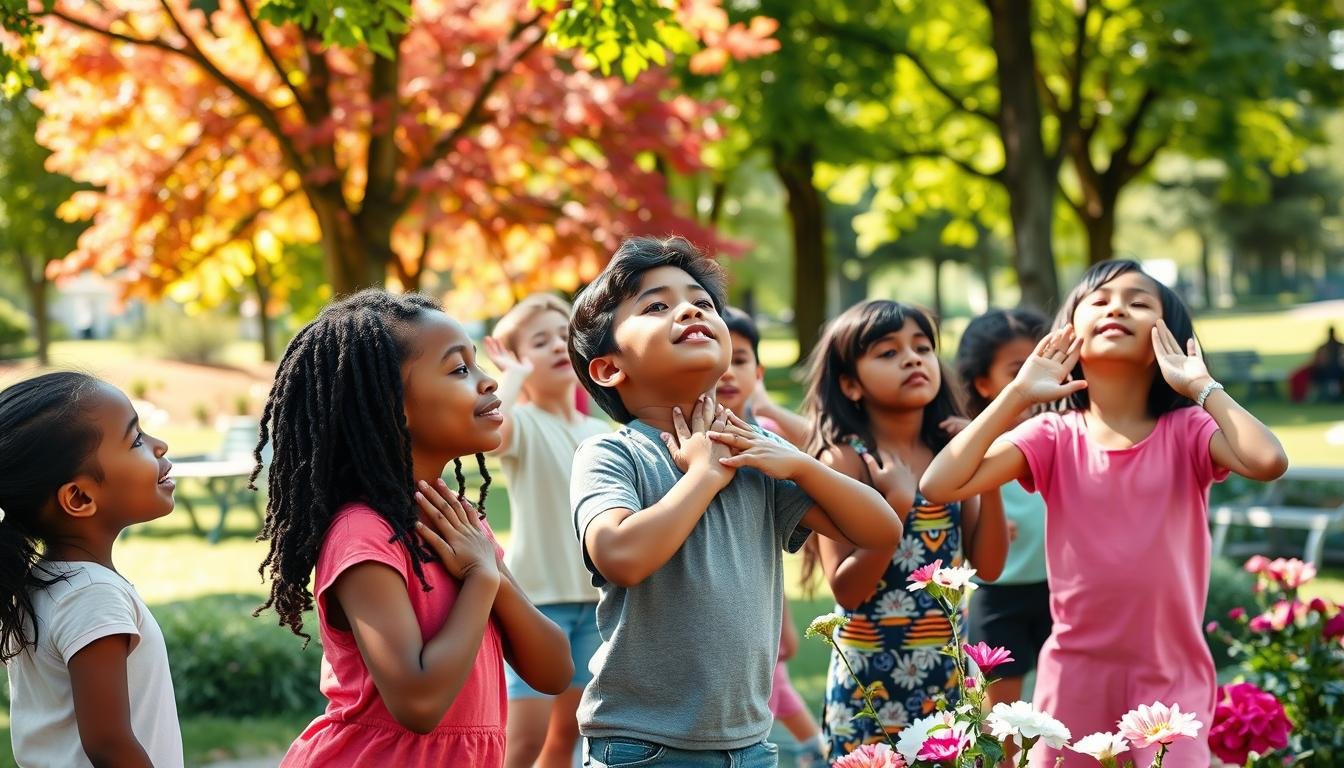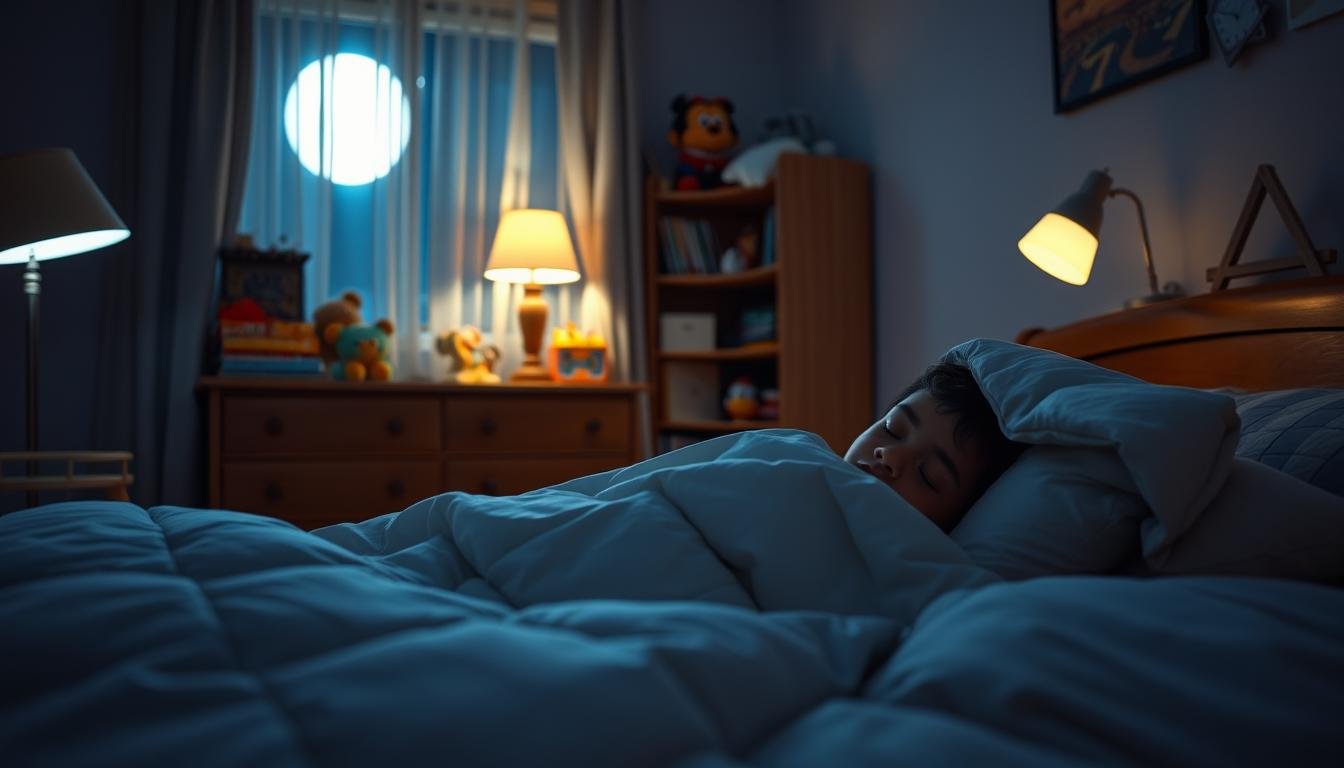Did you know teaching your child deep breathing can improve their mood and health? Deep belly breathing is crucial for kids with conditions like asthma as it is a major issue, being the most common chronic disease among kids. It affects about 300 million people globally. Breathing techniques are key in managing asthma, showing better quality of life and symptom reduction.
Diaphragmatic breathing and pursed-lip breathing are effective for pediatric lung issues. They offer hope in managing these conditions. Teaching kids to inhale for three seconds, pause, then exhale for four can help their breathing. This belly breathing method is easy to do anywhere. It’s ideal for kids needing quick relief from panic or breathing trouble.
We’re about to explore these techniques more. You’ll learn how to make them fun and helpful for your child. Stay with us to help your child breathe easier and improve their health!
Understanding the Importance of Respiratory Exercises for Kids
Respiratory exercises are key to boosting children’s lung health. They offer many benefits, like relaxing the body and focusing the mind. For kids with complex medical issues, these exercises are very important.
These exercises help calm kids by engaging the part of their nervous system that relaxes the body. They’re great for times of stress. They can also fight anxiety in kids by using deep breathing techniques.
- Mindful breathing boosts the immune system for better health.
- Deep belly breaths increase oxygen in the blood, reducing stress in kids.
- Breathing exercises can lower blood pressure and calm tension and worry.
- This kind of breathing supports the brain, helping with memory and focus.
- Exercises like the 3-second and 4-second breaths improve mood and relaxation.
These exercises don’t need any special tools. Kids can try Triangle Breathing, Square Breathing, and Lazy 8 Breathing. Videos and visual aids make it fun and simple for them.
Types of Effective Respiratory Exercises for Kids with Lung Issues
Respiratory exercises play a key role in managing lung issues in kids. There are many kinds of breathing exercises designed to improve kids’ lung function and health.
Belly breathing is a simple but effective exercise for kids. It has children put one hand on their chest and the other on their belly. They need to breathe deeply, filling their belly, not their chest, then slowly exhale. This uses the diaphragm, which does about 80% of the lung-filling work. By practicing regularly, it helps lower breath count, keeps airways open longer, and boosts activity levels.
Other pediatric deep breathing techniques include feather and balloon breathing. Feather breathing has kids blow gently to keep a feather in the air. It helps with controlled, long breaths. Balloon breathing boosts lung capacity as kids try to blow up balloons over and over.
Blowing bubbles is another engaging exercise. Experts suggest doing this for 3 to 5 minutes to help with longer breaths. Start with short blowing times and increase to more than 10 seconds. Adding arts and crafts, like blow marker art or straw-blown mazes, makes it fun. Even using pudding to create “explosions” or “bubbles” can add fun to the mix.
| Exercise | Recommended Duration | Key Benefits |
|---|---|---|
| Belly Breathing | 5-10 minutes daily | Improves lung capacity, reduces breath count, keeps airways open |
| Feather Breathing | 3-5 minutes | Promotes controlled respiration, engages diaphragm |
| Balloon Breathing | 5 minutes | Increases lung capacity, fun exercise for children |
| Blowing Bubbles | 3-5 minutes | Aids in prolonged respiration, enjoyable activity |
Each breathing exercise offers unique benefits. They provide many ways to keep kids interested and motivated. Adding these exercises to daily routines can greatly improve the respiratory health and overall well-being of children with lung issues.
Step-by-Step Guide to Teaching Respiratory Exercises
Teaching kids deep breathing is key to good respiratory health. Following a routine for these exercises boosts lung function and health overall. This guide will help you teach these techniques the right way. Start by creating a calm space without distractions. Kids should sit with feet flat and hands on their laps. Tell them to close their eyes and think about their breathing.
1. Diaphragmatic Breathing: Kids put one hand on their belly and another on their chest. They breathe in slowly through the nose, letting their belly rise, and breathe out through pursed lips. Do this 5 times. This exercise, done three to four times a day for 5 to 10 minutes, helps lungs work better.
2. Shoulder Rolls: Kids should roll their shoulders gently in circles 5 times to ease tension. This can be done three times a day as part of their routine.
3. Overhead Chest Stretch: Children raise and lower their hands while breathing deeply in and out. Do this 5 times to help grow the chest and breathe better.
4. Quick Sniffles: Kids take fast sniffs in through the nose, then exhale slowly through pursed lips. Do this 3 times to clear the nose and improve breathing.
5. Deep Breathing 4-8-8 Exercise: Teach them to inhale deeply for 4 seconds, hold for 8 seconds, and exhale for 8 seconds through pursed lips. Repeat 3 times for relaxation.
It’s important to do these exercises daily—morning, afternoon, and evening. Here’s a quick table for reference.
| Exercise | Repetitions | Frequency |
|---|---|---|
| Diaphragmatic Breathing | 5 | 5-10 minutes, 3-4 times daily |
| Shoulder Rolls | 5 | 3 times daily |
| Overhead Chest Stretch | 5 | 3 times daily |
| Quick Sniffles | 3 | As needed |
| Deep Breathing 4-8-8 | 3 | As needed |
Lastly, remind kids to take slow breaths, about 6-10 per minute, during these exercises. This helps prevent dizziness and makes the exercises more effective.
Getting Active: Incorporating Physical Activities
Making sure your child gets active is key for their lung health and happiness. Activities like biking, swimming, and playful games boost lung strength. Exercises that make them breathe more deeply are great too. Experts say kids need 150 minutes of activities like these each week for the best health, including good lungs.
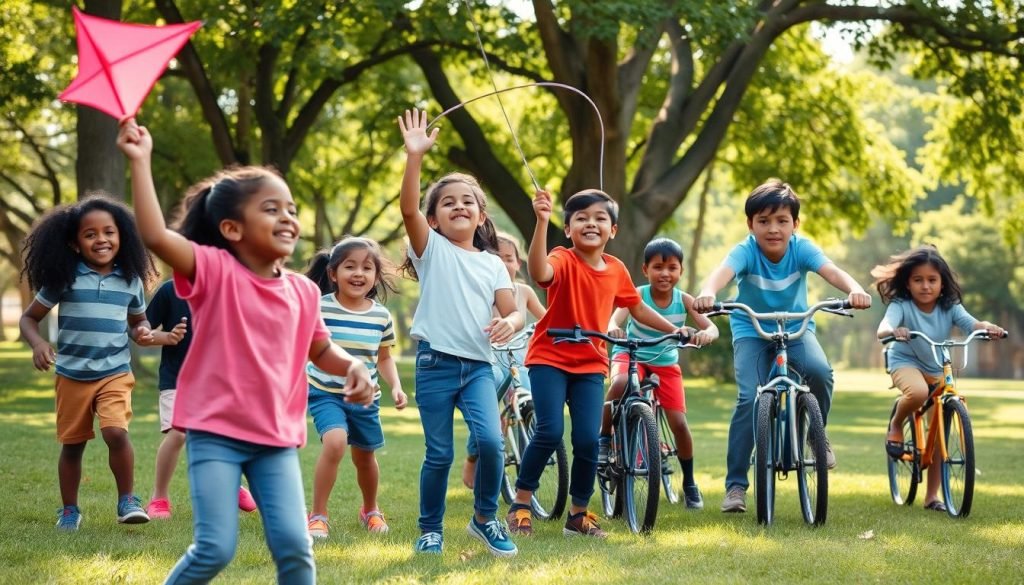
Want to make exercise fun? Try games that involve blowing, such as using bubble wands or whistles. These games are enjoyable and help make the lungs and diaphragm stronger. Encourage your child to move in ways that use both sides of their body evenly. This makes their lungs work better.
Places like Kids Miracle Steps offer full support. We provide therapies that include physical, occupational, speech, and lung care. It’s important for parents to get involved to help their child succeed.
Exercises that improve lung health are good for a child’s everyday life. Being active not only helps with lung health but also lowers the chance of getting sick with diseases like heart trouble, stroke, diabetes, and even some cancers, such as lung cancer. Always talk to a doctor before starting any new exercise to make sure it’s right for your child.
Conclusion
Making respiratory exercises a daily habit for kids with lung problems is essential. These exercises boost their lung power and ease symptoms. Doing them regularly is key for better lung management.
It’s wise for parents to include these exercises in their kids’ daily schedules. If they want exercises that fit their child’s unique needs, they should talk to doctors. Adding physical activities can also help the overall growth and lung health of their kids.
Organizations like Kids Miracle Steps offer great help. They design special health plans for kids with unique needs. With help from such services, parents can give their kids top-notch care and support. Parents need to be alert, informed, and active in their child’s health care. Using a mix of strategies is best for improving their lung health.
